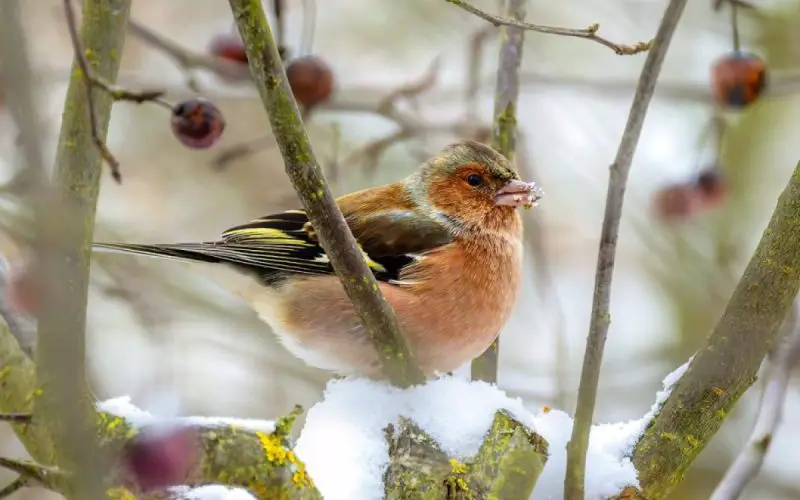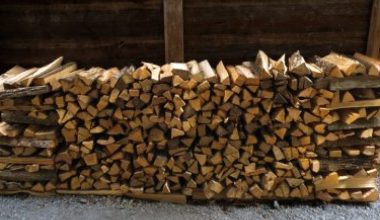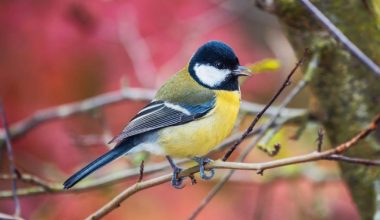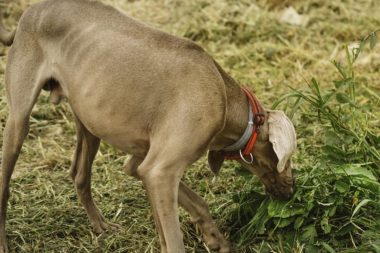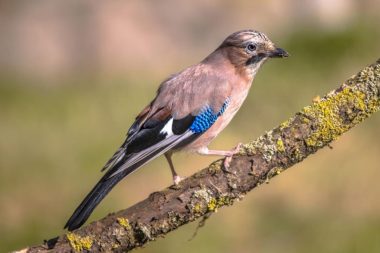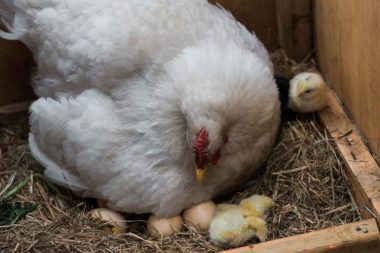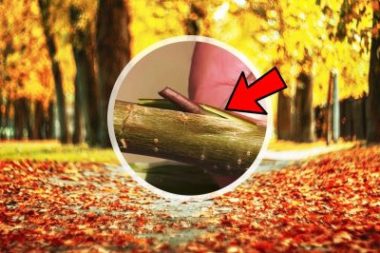Winter, especially if it is harsh, is a difficult period for sedentary birds. Install feeders and nesting boxes for them in your garden.
Summary
They come closer to houses, they even sometimes come begging, as hunger emboldens them. Be a generous donor to those you often see in your garden!
Contents
The chaffinch
Living as a couple in the beautiful season, the chaffinch groups together in often large flocks during the winter.
Mainly living in the countryside, it looks for food in the fields. It doesn’t take long to get closer to houses when food is scarce.
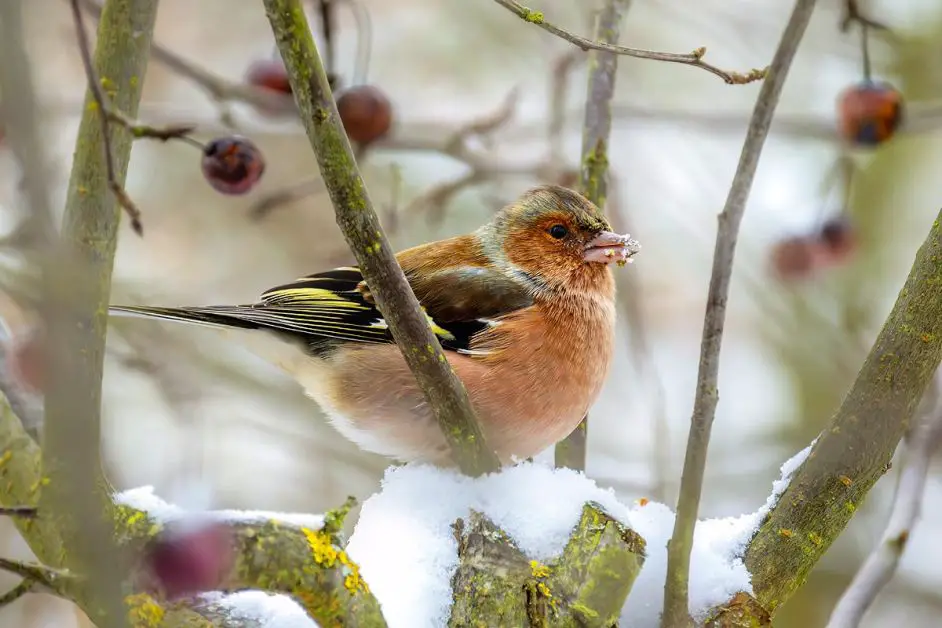
Offer it seeds, cereals, berries and it will charm you with its joyful song.
The robin
If it leaves our gardens in the summer, when food is abundant, the robin’s natural fear disappears in the heart of winter.
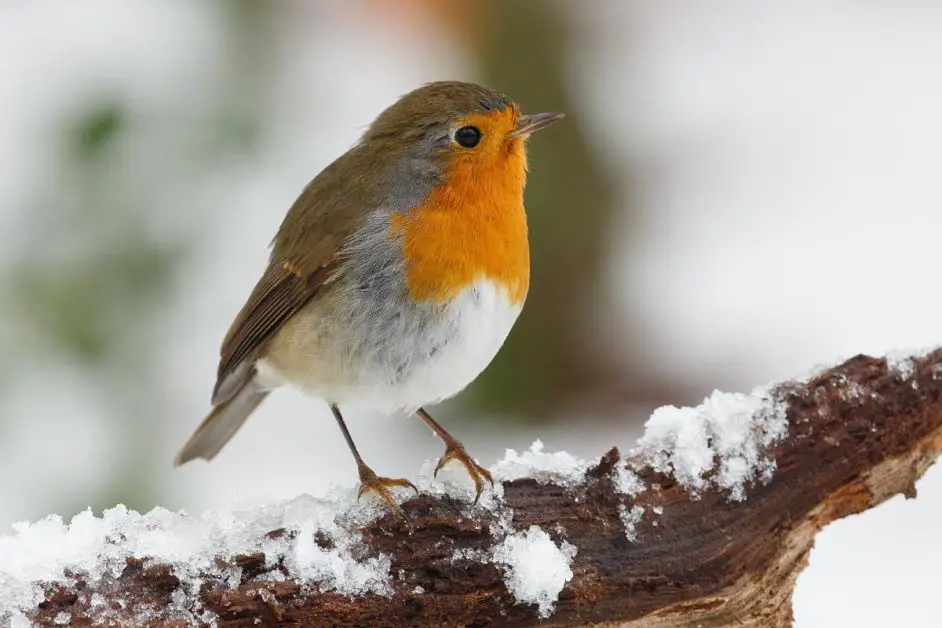
- What is the difference between a male and female robin?
- How to tame a robin? 8 steps to follow!
- What is the robin’s favorite food in winter?
Tormented by hunger, it gets closer to the house and even comes begging under our windows. Insectivorous, it needs to be fed with mealworms or lard.
The blue tit
Sedentary, familiar, of rare beauty, the blue tit, a friendly bird, comes to feed spontaneously in the garden. Sunflower seeds mixed with lard make for a very energetic and appreciated meal.
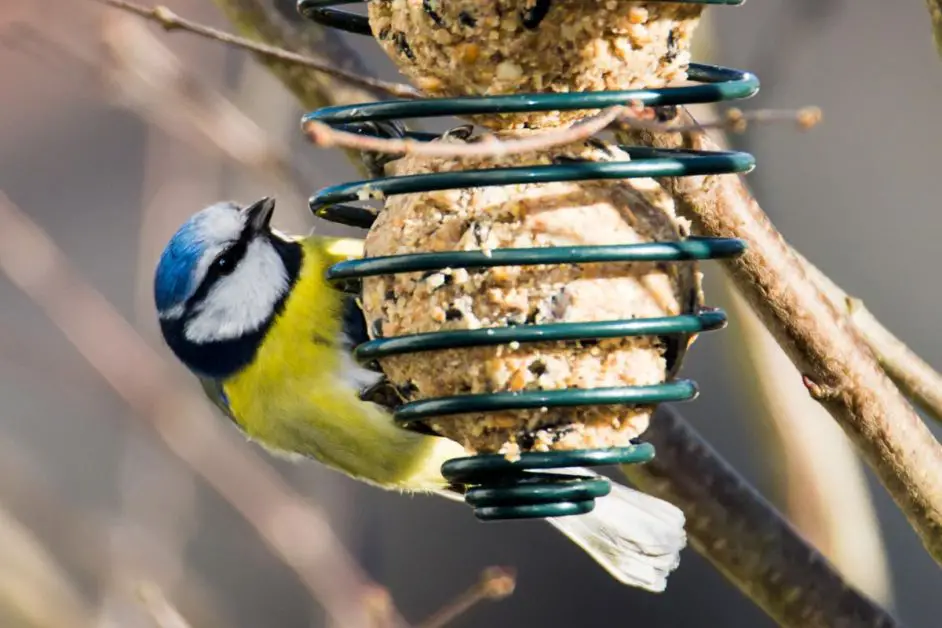
This little tit chooses its nest as early as February. So don’t delay in installing a nesting box, preferably high up in a tree.
The great tit
A traditional guest in our gardens, the great tit frequently uses nesting boxes. The laying takes place in April, but the little house must be in place by early February at the latest.
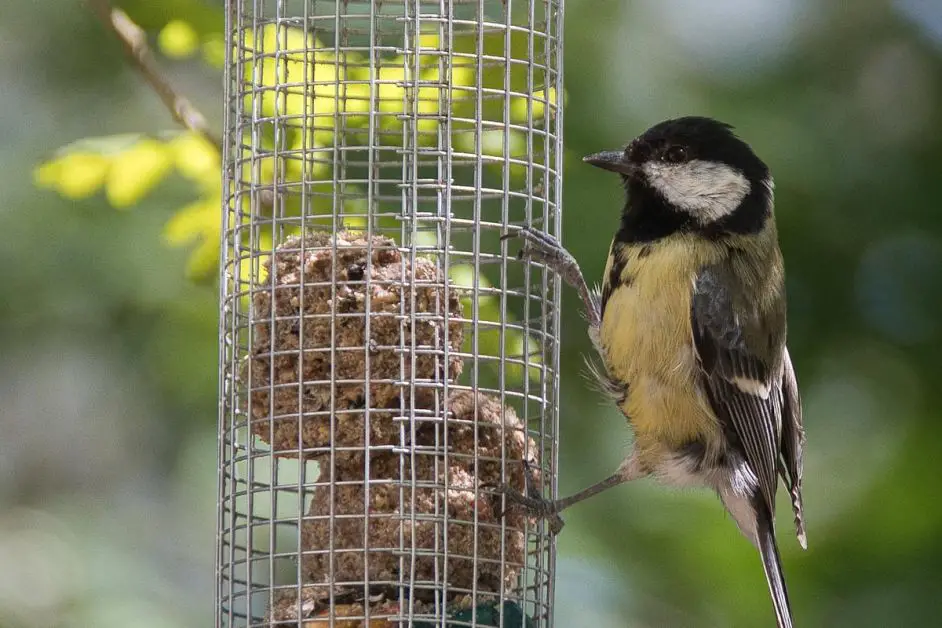
Omnivorous, this little bird appreciates both seeds and fruits as well as insects of all kinds. It is recognizable by the black cap it wears on top of its head.
Nesting boxes
Never feed birds on the ground as they would become easy prey for neighborhood cats. Moreover, piles of seeds could attract rats, often lacking food during the winter.
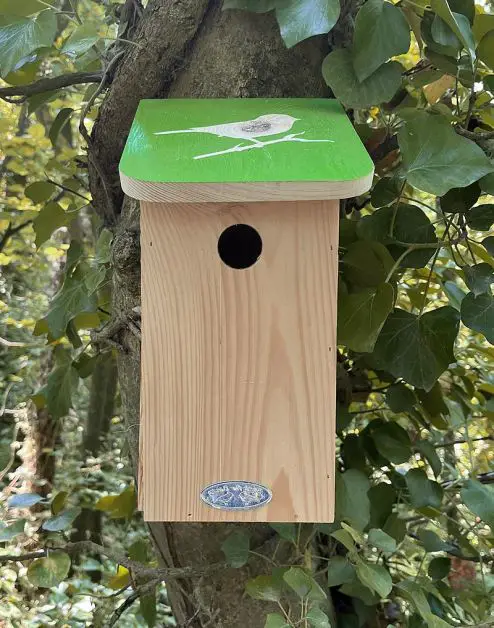
Feeders should be placed high up at the end of a minimum 2m stake. A waterproof roof will protect the food and a wide open area will allow birds to eat comfortably.
The feeding station should remain discreet in the garden context in order to respect the aesthetics of the flowerbeds. You can partially hide it in the middle of evergreen bushes. Keep it away from busy areas and even from the house as the mere movement of your silhouette is enough to scare the birds away.
With a flight hole diameter of 3 to 3.5 cm, a wooden nesting box will accommodate various species of tits, sparrows, the white-fronted robin, and nuthatches. Orient the opening towards the east and slightly tilt the little house forward so that rainwater cannot penetrate.
A nesting box with a large opening and a flight hole measuring up to 5 cm in diameter will be visited by robins, flycatchers, wagtails, black redstarts, etc. The minimum height of the “bird house” is 25 cm with a board thickness of 1 cm.
Once installed, the nesting box becomes a taboo place. You should not get too close to it and under no circumstances should you open it before autumn.
